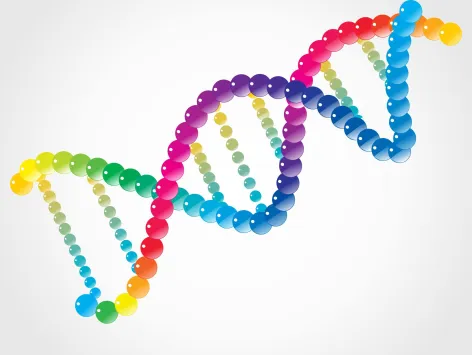
Sexual reproduction is the process of creating new individuals from existing ones. Reproduction in animals and plants takes place through fertilization by another individual, with the result being a new individual with half of the genetic code of the parent. In some cases, it also produces hybrid offspring.
Human reproduction is a process by which two genetically different individuals create a new individual. In order for reproduction to occur, both the male and female must be aroused and have an open genital area. Sperm cells (male gametes) and eggs cells (female gametes) are brought together and the fusion of these cells creates a new individual. This process can take place in one of two ways: in vitro fertilization (IVF) or natural conception.
Sexual Reproduction in Organisms!
It is a process of combining and exchanging genetic information between two parents to produce an offspring. The process begins with the formation of gametes, or sex cells, which are produced by the male and female reproductive organs. The male gametes, or sperm, are produced in the testes and the female gametes, or eggs, are produced in the ovaries. Sperm and eggs unite in the process of fertilization to form a new individual.
It is the process by which organisms create offspring that have a combination of their genetic information. In reproduction, two parents contribute genetic information to their offspring in the form of chromosomes. Offspring inherit one half of their chromosomes from each parent. This process results in genetic variation, which is important for survival of species. It also requires the fusion of two cells, called gametes, to create a new organism. Gametes are produced by the male and female sex organs, called the testes and ovaries, respectively.
Sexual reproduction is the process by which organisms create offspring that have genetic information from both parents. This process involves the fusion of a sperm cell and an egg cell to form a zygote. The zygote then divides and grows into an embryo, which develops into a fetus. It is necessary for the continued existence of species, as it allows for variation in the genetic makeup of offspring.
It is the process by which organisms create offspring by combining genetic information from two parents. In most cases, this involves the fusion of a sperm cell and an egg cell. The resulting embryo carries genetic information from both parents and develops into a new individual.
It is an important process for creating genetic variation in a population. It allows organisms to pass on beneficial genes to their offspring while also retaining beneficial genes from their parents. It also helps to prevent inbreeding, which can lead to genetic defects in offspring.
In conclusion, sexual reproduction is a process that is necessary for the continuation of life. It is an intricate process that involves the combination of genetic information from two individuals. It is also responsible for the diversity of life on Earth.




